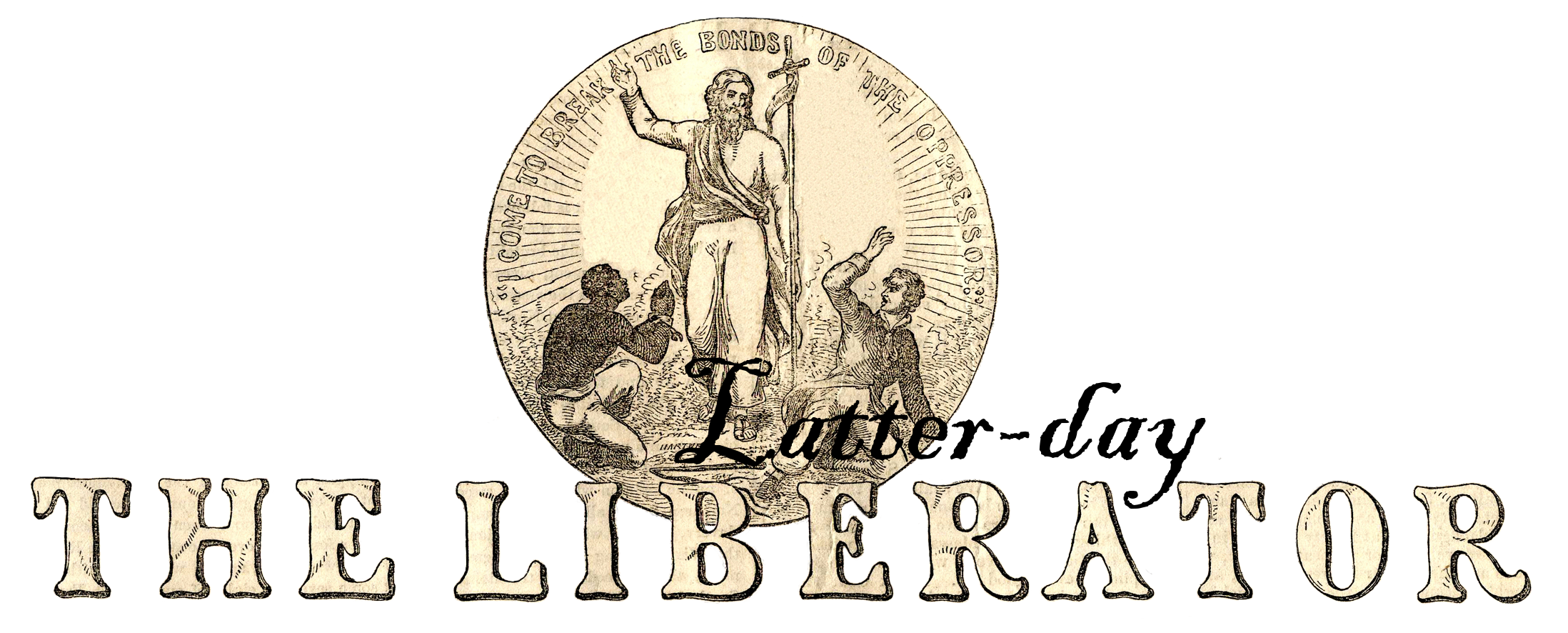One of my favorite Christmas hymns is, “I Heard The Bells on Christmas Day.” Based on the poem, “Christmas Bells,” by poet Henry Wadsworth Longfellow, the hymn confronts the pains of living in mortality and facing evil directly as well as the means by which we triumph over evil. The story behind the hymn only enhances its message and helps us to understand the powerful of Hope and Faith in our every day lives.
Category: Christmas
The Patient Faith of the Three Wise Men
There is much to learn from the Christmas story. In this article I explore the identities of the shepherds and the Wise Men – who they were, where they were form, what made them different and special, why they were chosen, what their experiences were, and what we can learn from them. These two groups are powerful examples of the different ways people gain testimonies of Christ and what it means to be a witness of Christ in the world. There stories and their examples have a great deal to teach us about what it means to be Christians in the world today.
Rejoice That God Is With Us Now And Forever
It being Christmas I wanted to share something short but beautiful. My favorite Christmas hymn is Veni, Veni Emmanuel, or in English, O’ Come, O’ Come, Emmanuel. The song is both a prayer that accurately captures the hopes, if not the actual words, of those who looked forward to the Messiah’s first coming and those of us now who anticipate His Second Coming. But it also testifies to us that we need not wait for Christ to come again to experience the power and peace He promises to bring because God is with us even now in Presence, Person, and Spirit. He is our Emmanuel, our ever present God if we but open our eyes, minds, ears, and hearts to Him.
The Eternal Victory of Christmas
I recently wrote that without a proper understanding of the Atonement of Jesus Christ that one cannot fully comprehend the meaning of Christmas. Christ was born to Resurrect, defeat Death and Hell, and open to path of salvation and eternal life to all. This is absolutely true, but since I wrote that article I have had my vision widened to see that the scope of the Atonement, and therefore the Nativity, is much wider, much deeper, and much greater than I had before understood.
Here I try and share that vision with you through the writings of Apostle Orson Pratt. Herein he discusses the Plan of Salvation and its unending and self-perpetuating nature. The cycle of Creation, Fall, Redemption, Exaltation, and Creation are explored here in Elder Pratt’s writings. Then I briefly connect these truths back to the Nativity and how understanding them will deepen our comprehension of the richness and eternal ramifications of that first Christmas.
The Christian History of the Christmas Tree
It is something of a fad among the detractors and critics of Christianity to accuse modern Christians of being hypocrites on some topic because they denounce something as being against God’s commandments, but then celebrate Christmas with Christmas trees and just everyone knows that Christmas trees are pagan in origin. The logic behind this criticism is to suggest that Christians are irrational and do not apply all the parts of their faith equally, with the insinuation being that why Christians do not approved of something is rooted more in their hatred for something or someone than their actual beliefs.
But, is it true? Are Christmas Trees of pagan, non-Christian origins and are Christians participating in pagan rites, or the remnants of them, by erecting Christmas Trees in their homes? In this article, I will answer these questions from two major angles – by evaluating the logic (or lack thereof) behind the argument that doing something remotely similar to how X people may have done it to see if that argument is meaningful at all and seeing if the actual history of Christmas Trees backs up the claim that they are of pagan origin.
